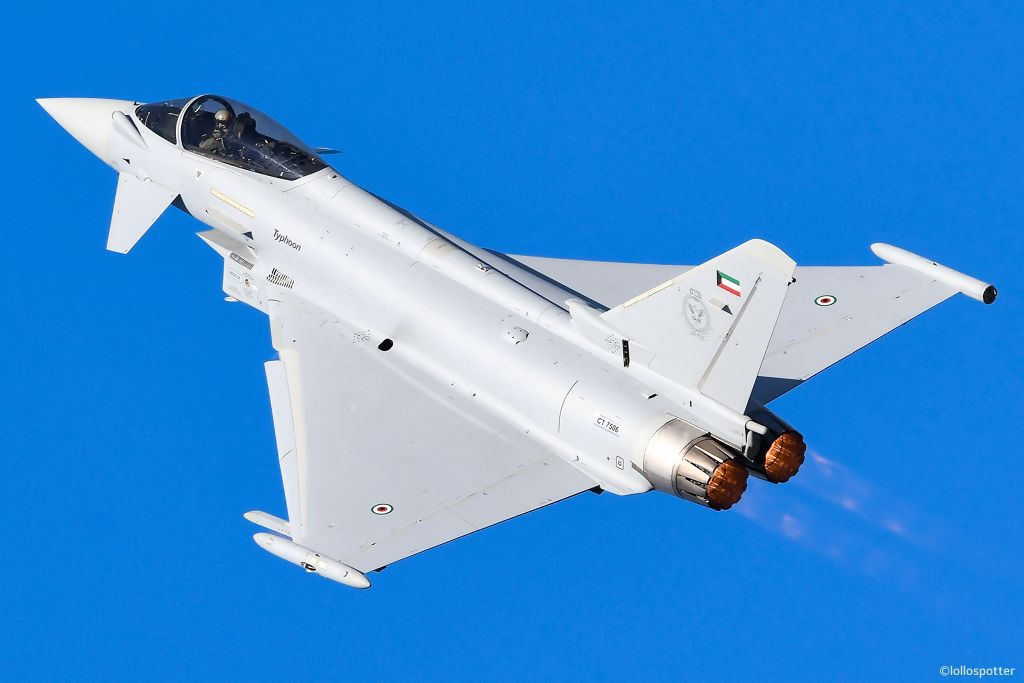NATO’s REPMUS 2025: Ukraine’s Strategic Involvement and the Evolution of Unmanned Maritime Systems
Overview of the Exercise
In September 2023, representatives from the Ukrainian Navy participated in NATO’s largest unmanned maritime systems exercise, REPMUS 2025, held in Portugal. This event, which spanned from September 1 to 26, brought together 24 allied nations to evaluate the capabilities of various autonomous systems within maritime scenarios reflective of real-world combat situations.
Role of Ukraine in the Exercise
Ukrainian forces were designated as the “red team,” simulating adversarial actions based on their firsthand experiences in the ongoing conflict against Russia. Captain Valter de Bulha Almeida of the Portuguese Navy emphasized the importance of developing tactical responses, stating, “We are learning significantly from Ukraine, as they share insights from the battlefield that will inform our operational strategies.”
New Developments in Unmanned Systems
The exercise showcased the integration of numerous unmanned assets. The red team operated:
- 61 drones
- 57 unmanned surface vehicles (USVs)
- One unmanned ground vehicle
Ukrainian unmanned surface vessels were integrated into this framework, although specific details about their deployment were withheld for security considerations.
Images surfaced featuring an upgraded version of the Magura V7 drone boat, produced by the Ukrainian state-owned firm SpetsTechnoExport (STE). When approached for confirmation, STE refrained from providing details but directed inquiries to a report from a Ukrainian media outlet discussing the drone’s participation in the exercise.
Capabilities of the Magura Drone
The Magura series of naval drones has garnered attention for its advanced operational capacities. Prominent claims from the Ukrainian delegation at the DSEI trade show in 2023 noted that the Magura V5 was the first maritime drone to publicly confirm operations against legitimate targets, including Russian warships.
The Magura V7 reportedly weighs about 3,400 kilograms and possesses a range extending up to 1,500 kilometers, underscoring its strategic viability in maritime warfare.
Emergence of Naval Drone Squadrons in Europe
With the rise of unmanned systems, European military structures are adapting rapidly. The Portuguese Navy has established its inaugural squadron-sized drone unit in 2023, known as X31. This unit, modeled on lessons learned from the Ukrainian battlefield, operates under naval command and focuses on testing and deploying not only aerial systems but also surface and subsea unmanned technologies.
The X31 unit is integral in developing and refining drone warfare doctrine while conducting trials with systems such as the Trator Do Mar, designed for maritime situational awareness and seabed mapping, although it remains unserviceable at this stage.
Testing Under Combat-Like Conditions
A distinguishing feature of this year’s exercise was the implementation of daily jamming trials, held from 5 to 6 p.m. This approach aimed to assess the operational resilience of the exercise drones in conditions analogous to actual combat scenarios.
The insights gained from REPMUS 2025 have significant implications for NATO and partner nations as they navigate the evolving landscape of unmanned maritime warfare, further emphasizing the necessity for collaboration and adaptation in the face of emerging threats.




